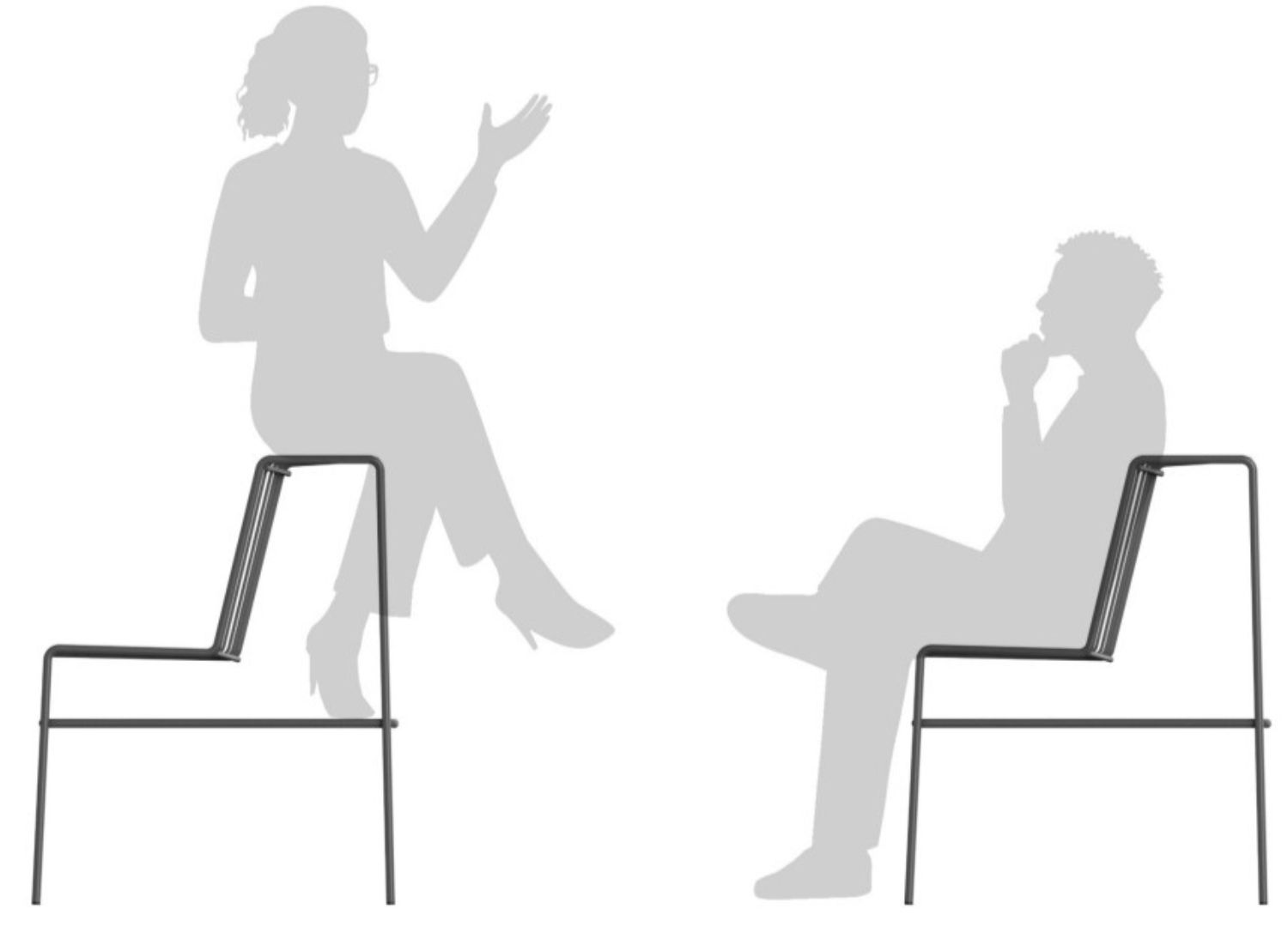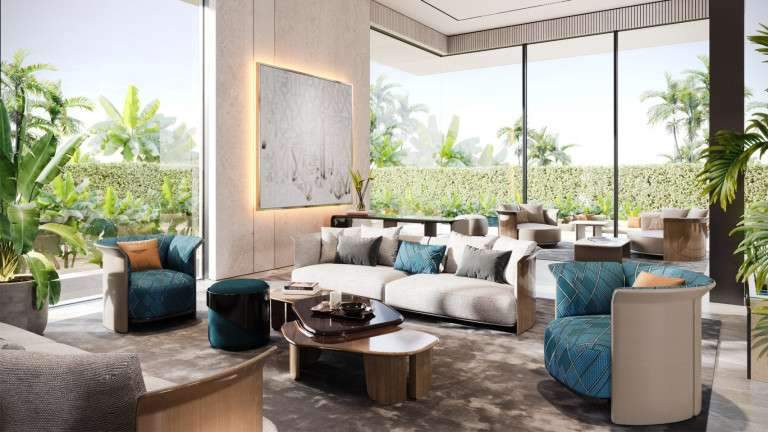In the ever-evolving landscape of furniture design, the Sello chair-stool emerges as a beacon of innovation and versatility. Crafted by Antonio Lanzillo & Partners in collaboration with LAS Mobili, this groundbreaking product seamlessly merges the functionality of a traditional chair with the practicality of a stool, redefining the boundaries of seating solutions. Let’s delve into the intricacies of Sello’s design philosophy, sustainability measures, and its significance in the realm of furniture innovation.
The Genesis of Sello: A Name Rooted in Innovation
The name “Sello” encapsulates the essence of this pioneering product, deriving from the Italian words for chair (“sedia”) and stool (“sgabello”). Antonio Lanzillo, the creative force behind Sello, sought to create a moniker that not only symbolized the fusion of chair and stool but also heralded a new era of multifunctional seating solutions. By blending the letters “SE” from “sedia” with “LLO” from “sgabello,” Lanzillo ingeniously crafted a name that embodies the innovative spirit of Sello.
Designing for Functionality: Insights and Observations
Driven by a relentless pursuit of innovation, Antonio Lanzillo envisioned Sello as a testament to multifunctionality and complexity management in product design. The concept arose from a simple yet profound question: “chair + stool?” This initial spark ignited a journey of exploration, leading Lanzillo and his team to conceptualize a product that seamlessly transitions between chair and stool, catering to diverse user needs and preferences. Sello represents a paradigm shift in seating design, offering users unparalleled versatility and adaptability in one cohesive solution.
Sustainability at the Core: A Commitment to Environmental Responsibility
In an era marked by growing environmental concerns, Sello stands as a beacon of sustainability and resource efficiency. By combining two distinct functionalities into a single product, Sello minimizes waste and reduces environmental impact, aligning with LAS Mobili’s longstanding commitment to improving workplace environments. This approach not only fosters sustainability but also empowers users to make conscious choices by investing in a product that prioritizes both functionality and environmental responsibility.
Crafting with Care: CMF Design and Collaboration
The development of Sello was guided by a meticulous approach to color, material, and finish (CMF) design, closely aligned with LAS Mobili’s standards. Collaboratively selecting technologies that balance performance with efficiency, Lanzillo and his team opted for electro-welded and painted rebar technology. This strategic choice not only ensured structural integrity and durability but also facilitated the creation of a sleek, minimalist aesthetic that seamlessly integrates with diverse interior spaces.
Navigating the Competitive Landscape: Criteria for Success
In a market saturated with chairs, stools, and armchairs, Sello distinguishes itself through a convergence of functional innovation, technological advancements, and sustainability. Lanzillo emphasizes the importance of prioritizing user well-being, promoting diversity, and introducing contemporary solutions that resonate with modern lifestyles. By adhering to these principles, designers can navigate the competitive landscape with confidence, driving forward the evolution of furniture design and shaping the future of seating solutions.
In conclusion, the Sello chair-stool represents a bold step forward in furniture innovation, embodying the principles of versatility, sustainability, and user-centric design. As a symbol of ingenuity and creativity, Sello sets a new standard for multifunctional seating solutions, inspiring designers and consumers alike to reimagine the possibilities of furniture design in the modern world.

Finally, find out more on ArchUp:







